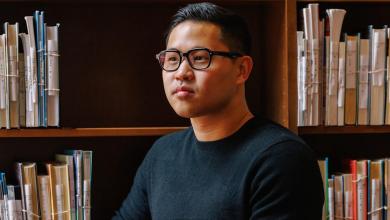How To Get (and Leverage) Other People’s Money To Build Wealth
Robert Kiyosaki is the outspoken personal finance icon famous for “Rich Dad Poor Dad,” the hugely successful personal finance book. What vaulted Kiyosaki to guru status was his contrarian philosophy around money and wealth building — concepts deeply at odds with conventional wisdom. Central among them is masterful utilization of “OPM” (other people’s money), to turbocharge investing and achieve financial freedom.
For You: I’m a Financial Advisor: 10 Most Awesome Things You Can Do for Your Finances in 2025
Find Out: 3 Signs You’ve ‘Made It’ Financially, According to Financial Influencer Genesis Hinckley
As Kiyosaki explains it on his website, using OPM is one of the key strategies the rich use to accelerate wealth building. Basically, it means investing funds from external sources rather than your own savings. This greatly increases your leverage, allowing control over more and larger assets.
For example, $10,000 of your own money may only buy $10,000 in stocks. But using that as a down payment on a rental property worth $100,000 gives you control of a much more valuable asset that’s generating significantly higher income.
On Kiyosaki’s website, he and his team outline the process of building an investing empire largely on borrowed capital. “By understanding how to make money using other people’s money,” he wrote, “you can make the leap from employee to business owner or professional investor.” Here’s how.
This high-powered “financial rocket fuel” provides huge investing leverage. Angel investors are typically successful entrepreneurs willing to fund startups or projects they believe in. Venture capital firms are professional investing companies that raise pools of capital from institutions and wealthy individuals to deploy in early stage businesses. Either can quickly scale up your holdings.
Familiar options like mortgages, home equity loans and auto financing are common leverage vehicles. Borrowing at good interest rates allows controlling more expensive properties with a smaller down payment. Increased cashflow from rents or business ventures helps pay down the debt and generates residual income. Win-win!
Read Next: 4 Secrets of the Truly Wealthy, According to Dave Ramsey
Two things to know about conventional bank loans: Secured loans require hard assets like property or vehicles as collateral while unsecured loans rely solely on creditworthiness. Strategically utilizing both is the key — it enables you to have productive assets and stay rightside-up on payments.
Source link



